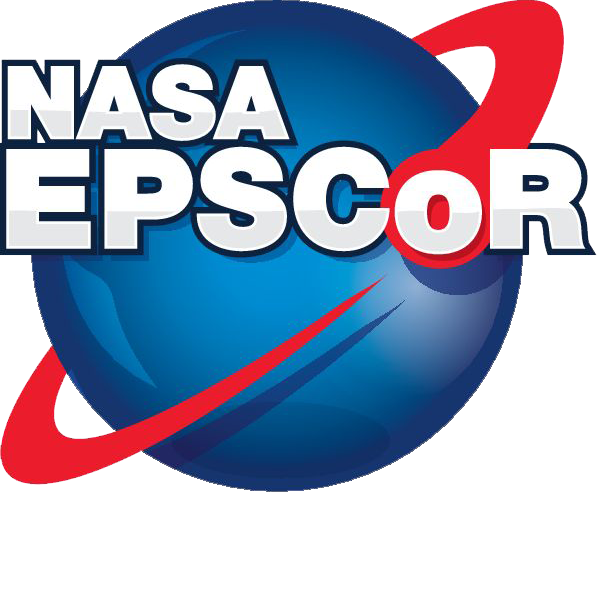
Structural Health Monitoring and Self-healing of Aerospace Structures
Principal Investigator – Patricia C. Hynes, Director of the New Mexico NASA EPSCoR Program and Director of New Mexico Space Grant Consortium.
Co-Investigator, Thomas Burton, ME Head and Professor, NMSU
Co-Investigator, Sayavur Bakhtiarov, ME Chair, New Mexico Tech
Co-Investigator, Eric Butcher, Assoc. Prof. of ME, NMSU
Co-Investigator, Igor Sevostianov, Assoc. Prof. of ME, NMSU
Co-Investigator, Andrei Zagrai, Asst. Prof. of ME, New Mexico Tech
Aerospace structural systems experience a broad spectrum of environmental and operational loads. Severe and/or prolonged load exposures may trigger the damage accumulation process even in recently deployed structures. The process of implementing a strategy of damage detection for engineering structures is referred to as structural health monitoring (SHM), which seeks to answer questions such as: Does damage exist? If so, what kind? Is the damage local or global (e.g., a large isolated crack or many small defects distributed in the material)? Is the damage in the material or in the joints and connections (or both)? Is overall structural failure likely?
SHM is normally based on non-destructive measurement of responses that change due to damage in the structure. Comparisons of measurements made in a damaged and in a reference state allow inference of the type, location, and severity of the damage. Historically, vibration natural frequencies and mode shapes have been the most common such measurements: macroscopic damage tends to reduce the natural frequencies, and mode shapes may be sensitive to isolated damage. Vibration measurements have been used in many ways for this purpose (Doebling, et al, 1996; Sohn, et al, 2003).
Three important “new” issues/approaches impacting structural health methodology are addressed in the proposal. The first is to treat SHM as a comprehensive, multi-scale phenomenon in which damage detection may be needed over a spectrum of length scales from the microscopic to the macroscopic. The second issue is attributing to damage in joints and connections an importance commensurate with fracture and fatigue damage that develops in the structural material. The third “new” approach is to develop material self-healing systems (SHS) that could repair material damage while maintaining structural integrity.
Progress Reports
Year 1 (2008)
Year 2 (2009)
Year 3 (2010)
